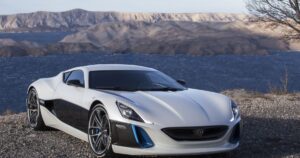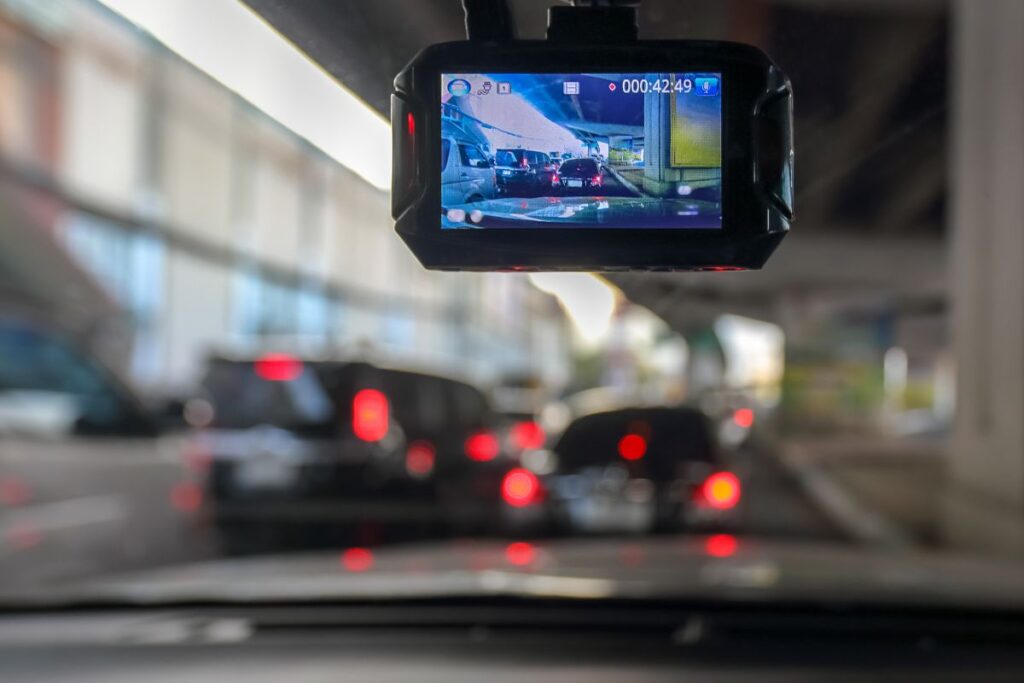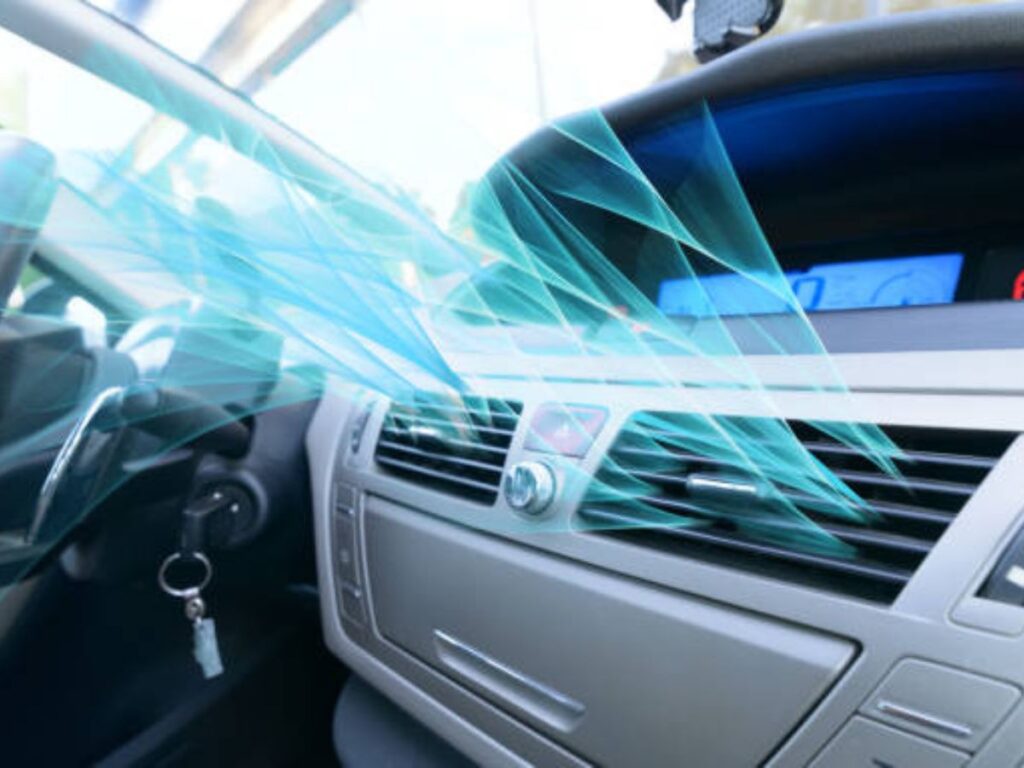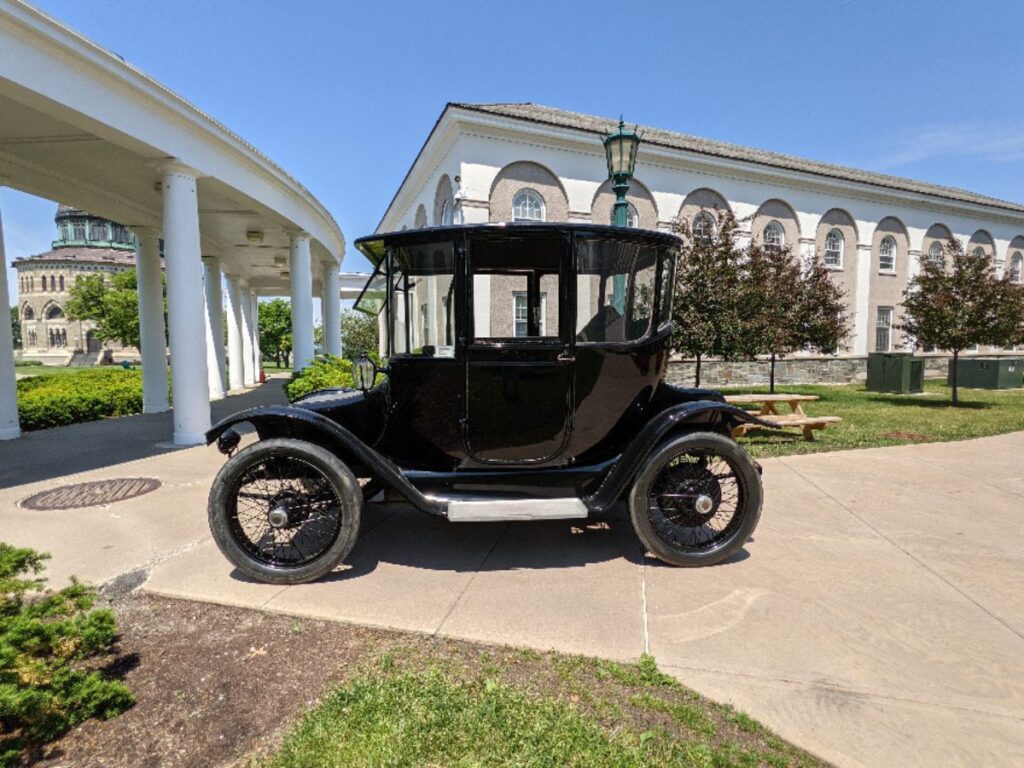The automobile industry is changing; electric cars (EVs) are taking center stage. Electric supercars, which combine cutting-edge technology and high-performance engineering, are among the most fascinating advancements.
However, electric supercars represent the ideal blend of sustainability and speed, providing an exciting driving experience without compromising environmental concerns.
In this article, we delve into the realm of electric supercars, investigating their relevance, famous models, and the role they will play in revolutionizing the automotive environment.
Table of Contents
ToggleBest All-Electric Supercars
A strong message has been made, and EV naysayers are beginning to recognize electrification as a severe and dependable shift. The global share of electric vehicles is increasing, with Tesla leading the way.
However, an increasing number of electric supercars offer such stunning power and clean performance that they compete head-to-head with their gasoline-powered rivals.
In addition, traditional supercars that have dominated the market for several decades face competition on a scale that has never been seen before. It is essential to remember that the vast majority of these electrified superstars are produced by companies still in the beginning stages of their development.
As a result, more than anything else, electric supercars have propelled innovation. And the race between firms is as fierce as ever.
Learn more about: Top 5 Electric Car Under 30k
1. Aspark Owl

The Aspark Owl has emerged as a game-changing electric hypercar, attracting the interest of automotive fans worldwide. The Owl marks a new age of electric supercars with its incredible acceleration, cutting-edge design, and eco-friendly performance. However, the Aspark Owl is powered by four electric motors, which can accelerate from 0 to 60 mph in 1.69 seconds, making it one of the world’s fastest production automobiles.
Despite its outstanding performance, the Owl does not skimp on the range. With a range of roughly 280 miles (450 kilometers) on a single charge, it is suitable for daily driving and long-distance travel.
2. Rimac Concept One

When it came out, the Concept One was the fastest racing car. It can go from 0 to 62 mph in just 2.5 seconds. The unique engine of the car is made up of four liquid-cooled permanent magnets.
Furthermore, the motors work together to make 1,224 horsepower and 1,180 lb-ft of push. The 90 kWh Lithium Nickel Manganese Cobalt Oxide battery gives the car a range of 200 miles good for someone who gets up early. Many people think the Rimac Concept One is the first all-electric racecar in the world. It was made with the help of more than a dozen patents for new ideas.
3. Tesla Roadster

The Roadster is a beloved electric icon in its own right, and it talks the same language as the famous Ferraris. More than anything else, the sports car is made for the driver. It has a lot of speed and efficiency. The car is fast, has a lot of power, and gives you more for your money than any other car in its class.
However, Tesla says the Roadster can go from 0 to 60 miles per hour in just 1.9 seconds. The top speed is over 250 mph. The Roadster’s range of up to 620 miles is the most important and unique thing it can do. Holy crap that is the best thing ever.
At around $200,000, the Roadster is the best choice for anyone looking at supercars. Remember that Roadster’s numbers are just as good as those of cars that will cost you millions of dollars.
4. Lotus Evija

The Lotus Evija is an excellent example of how British artistry and cutting-edge electric performance can work together. This all-electric supercar is a masterpiece of engineering and design that pushes the limits of what is possible with electric cars.
Additionally, The Lotus Evija’s striking and aerodynamic body is a big part of its design. The smooth lines and sculpted bodywork give off an air of grace, and the unique butterfly doors add a touch of drama. The lightweight carbon fiber design not only makes the car more maneuverable but it also helps it be more efficient overall.
Moreover, the Lotus Evija also uses modern battery technology, which gives it a fantastic range of about 250 miles (400 km) on a full charge. It lets cars spend more time on the road and less time plugged in because it can charge quickly.
Know More about: 5 Electric Convertible Car
5. Maserati GranTurismo Folgore

The GranTurismo Folgore is built perfectly in several ways. The vehicle is powered by 750 horsepower and 995 pound-feet of torque, generated by three permanent magnet motors, each of which has a capacity of 300 kWh. Maserati says the unique arrangement improves energy flow and keeps things running smoothly.
Also, the top speed of the racecar is 201 mph, and it can go from 0 to 62 mph in just 2.7 seconds. When the car is fully charged, the odometer can read 280 miles. Maserati says it can add up to 62 miles of range to the Folgore in just five minutes of charge.
Well, that’s helped many people for sure. The Folgore will go against cars like the McLaren Acura and the Maybach S580e. Prices start at $215,000. The Italian Trident seems to be the real deal considering the stats and claims.
Conclusion
The rise of electric supercars shows how sustainability and high-performance tech can work well together. With their fast acceleration, cutting-edge technology, and beautiful designs, these cars are changing the auto industry and testing how people usually think about speed and power.
However, Electric supercars show how electric powertrains can be used to make high-performance vehicles that are also good for the environment. As battery technology keeps improving and charge stations become more common, the future of electric supercars looks bright.
Furthermore, using these exciting tools gives us a chance to drive in exciting ways and makes the world greener and more sustainable.



